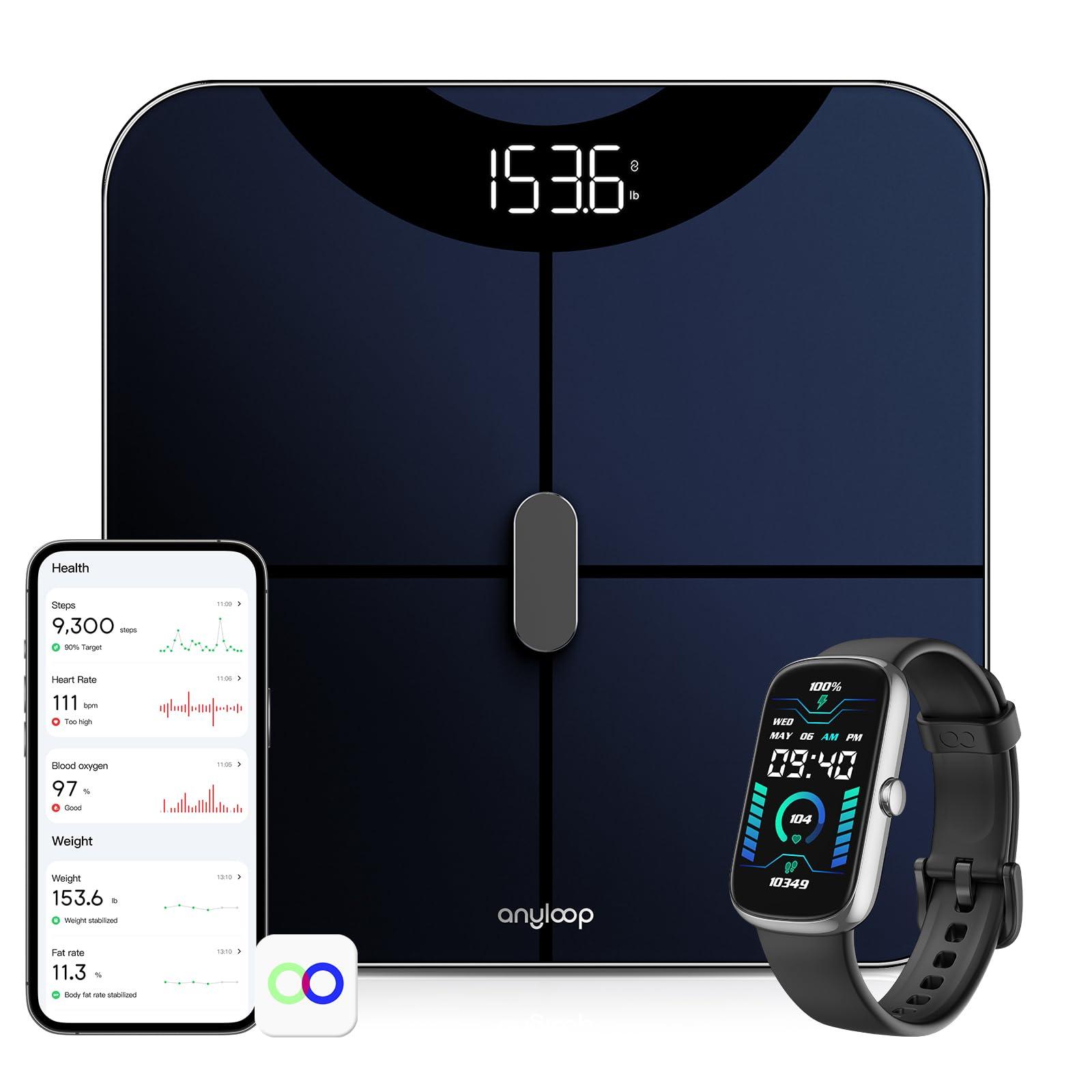In the quest for effective weight management, understanding your body’s metrics is paramount. Among these, the Body Mass Index (BMI) stands as a crucial indicator, offering insights into your health and fitness levels. “” aims to equip you with comprehensive knowledge and practical strategies to leverage BMI trackers in your weight loss journey. By mastering the use of these tools, you can set realistic goals, monitor progress accurately, and make informed decisions about your diet and exercise regimen. In this authoritative guide, we will delve into the mechanics of BMI trackers, explore their benefits and limitations, and provide step-by-step instructions to integrate them seamlessly into your daily routine. Whether you’re embarking on a new fitness journey or refining your existing approach, this guide will serve as your trusted resource for achieving sustainable weight loss through the intelligent use of BMI trackers.
Understanding BMI: The Foundation of Effective Weight Management
Body Mass Index, or BMI, is more than just a number; it serves as a critical indicator of body fat based on your height and weight. Understanding how to use this metric effectively can lay the groundwork for successful weight management. BMI is an accessible and universally recognized tool that provides a quick snapshot of your current health status, allowing you to set realistic weight loss goals. By comprehending where you stand on the BMI scale, you can tailor your diet and exercise plans to suit your personal health needs, ensuring that your weight loss journey is both safe and efficient.
- Accessibility: Easily calculate your BMI with online tools or mobile apps.
- Personalization: Use your BMI as a starting point to customize your fitness plan.
- Health Monitoring: Regularly check your BMI to monitor your progress and make necessary adjustments.
Incorporating BMI tracking into your weight management routine not only helps in assessing your current health risks but also assists in maintaining a balanced approach to weight loss. By keeping your BMI within a healthy range, you can significantly reduce the risk of chronic diseases and improve your overall quality of life. Remember, while BMI is a valuable tool, it should be used in conjunction with other health metrics to gain a comprehensive understanding of your health status.

Choosing the Right BMI Tracker: Features and Considerations
When selecting a BMI tracker, it’s crucial to focus on features that will best support your weight loss journey. User-friendly interfaces are paramount; a tracker that is easy to navigate ensures consistent use. Look for options that offer customizable goals and personalized feedback, as these can provide motivation and insights tailored to your unique body metrics.
- Integration with other health apps: Seamlessly connect your tracker with fitness apps to monitor all aspects of your health.
- Data visualization: Choose a tracker with clear graphs and charts to help you understand trends over time.
- Regular updates: Ensure the app receives frequent updates for new features and bug fixes.
Consider the compatibility with your devices; whether you prefer a mobile app, a web-based interface, or a wearable device, make sure it aligns with your tech ecosystem. Additionally, privacy should not be overlooked—opt for a tracker that prioritizes data security, giving you peace of mind that your information is protected.

Integrating BMI Trackers into Your Weight Loss Plan
To effectively incorporate BMI trackers into your weight loss strategy, it’s essential to understand how they function and how to interpret the data they provide. BMI, or Body Mass Index, is a useful indicator of body fat based on height and weight. While it doesn’t directly measure body fat, it serves as a quick reference to categorize individuals into different weight status categories, such as underweight, normal weight, overweight, and obesity. By tracking changes in your BMI over time, you can gain insights into your overall health trajectory.
- Set Realistic Goals: Use the initial BMI reading to set achievable weight loss targets. Remember, a healthy weight loss rate is typically 1-2 pounds per week.
- Monitor Progress: Regularly update your BMI tracker to observe trends and patterns. This will help in assessing the effectiveness of your current diet and exercise regimen.
- Adjust Strategies: If your BMI isn’t changing as expected, consider modifying your calorie intake or increasing physical activity.
- Consult Professionals: While BMI is a helpful tool, it should be complemented with advice from healthcare providers for a comprehensive approach to weight loss.
Integrating BMI tracking with other health metrics, such as waist circumference and body fat percentage, provides a more holistic view of your progress. Leveraging these insights can empower you to make informed decisions, ultimately leading to a more sustainable and successful weight loss journey.

Maximizing Results: Tips for Accurate BMI Tracking and Analysis
To ensure your BMI tracking is as precise as possible, consider these essential strategies. First, consistency is key. Make it a habit to measure your weight and height at the same time each day, preferably in the morning before breakfast. This practice minimizes the natural fluctuations that can occur throughout the day. Also, use the same scale and measuring tape each time to avoid discrepancies.
- Monitor trends rather than focusing on daily changes. Weekly or bi-weekly averages provide a clearer picture of your progress.
- Consider your body composition. BMI is a general guide and may not accurately reflect your muscle-to-fat ratio.
- Adjust your diet and exercise plan based on your tracking data, ensuring it aligns with your health goals.
- Consult healthcare professionals to interpret your BMI results accurately, especially if you have unique health considerations.
